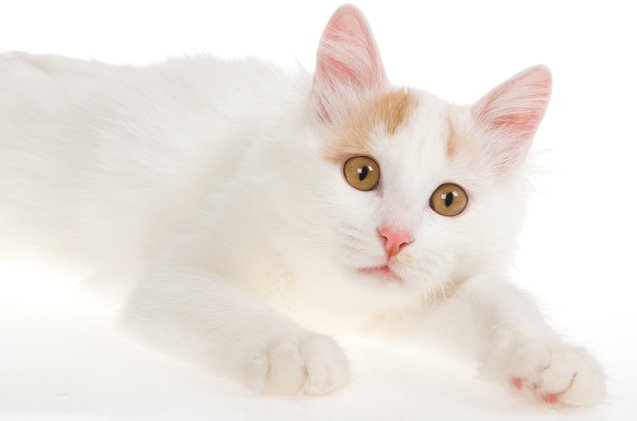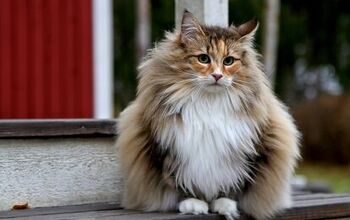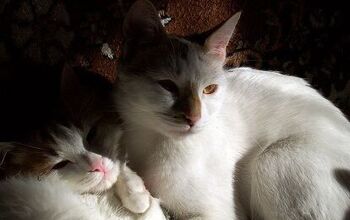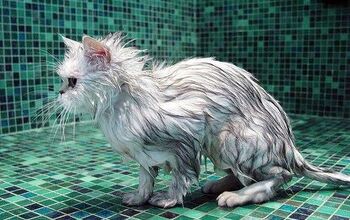Turkish Van


About Turkish Van
The Turkish Van originated in central and southwest Asia and likely came to Europe with returning Crusaders. The term “Van” is common to the region encompassing Iran, Iraq, eastern Turkey, and the southwest Soviet Union. The cats appeared in England in 1955 simply as “Turkish” cats, and the “Van” distinction was added to prevent confusion with the Turkish Angora, which is a completely separate breed. The Turkish Van only arrived in the U.S. in 1982, and they are still relatively rare. They are a natural breed and are regarded in their homeland as a treasure.
Curious and intelligent by nature, the Turkish Van is an adventurous and entertaining companion.
Curious and intelligent by nature, the Turkish Van is an adventurous and entertaining companion. Unlike many cats, they love water, and will even swim on occasion. They have a robust constitution, and are loving, loyal, and very affectionate if sometimes amusingly mischievous. With powerfully well-developed hind legs, a Van can be at your feet one minute and on top of the bookshelf the next. Adept at retrieving items and catching toys in mid-air, the Turkish Van is an acrobat, renowned for turning a somersault mid-chase just because he can. Once A Van starts running, he keeps running until he wears himself out. They get along well with other animals, but expect their authority to be respected. They don’t need to be picked up and cuddled, but they want to be with you and participating in whatever you’re doing, and they don’t like to be alone for long periods. They do well in families, but will generally single out one person as their “person.”
Slow to mature, the Turkish Van does not reach its full size until age 3-5. They are large cats, and known for their exceptional agility. Well balanced and muscular, they have broad shoulders with a high center of gravity. The back legs are just marginally longer than the front legs, and the paws are quite large. These cats are so long, they can measure three feet from the tip of the nose to the end of their tails. Eyes colors are amber, blue, or odd eyed.
The accepted Turkish Van coloration calls for a white cat with semi-long hair and colored markings that appear on the head and tail only. This is referred to a “piebald” spotting. Most breed standards allow for body spots as long as the overall color does not cover more than 20% of the cat. The classic Van color is red tabby and white. Other colors that appear include cream, black, blue, and brown with tortoiseshell and patching patterning possible.
The Turkish Van does not have an undercoat, and the texture of its fur is closely akin to the feel of cashmere. It is water resistant, so bathing really isn’t necessary, although the cat will enjoy the water. Use an iron-toothed comb or rubber rush to help remove loose hair, especially during the spring and summer months.
Photo credit: Linn Currie/Shutterstock

Amy Tokic, Editor of PetGuide.com, is a passionate animal lover and proud pet parent of Oscar, a Shih Tzu/Chihuahua cross, and Zed, a Japanese Chin. Her love of animals began in kindergarten, when she brought her stuffed dog Snoopy into class with her every day. Now, she writes about her adventures in pet ownership and tirelessly researches products, news and health related issues she can share with other animal enthusiasts. In her free time, Amy loves perusing used book and record stores, obsessing over the latest pet products available and chasing squirrels with wild abandon (a habit attributed to spending too much time with her pooches).
More by Amy Tokic

























